
Welcome to Croxley Common Moor SSSI Local Nature Reserve.
I want to...
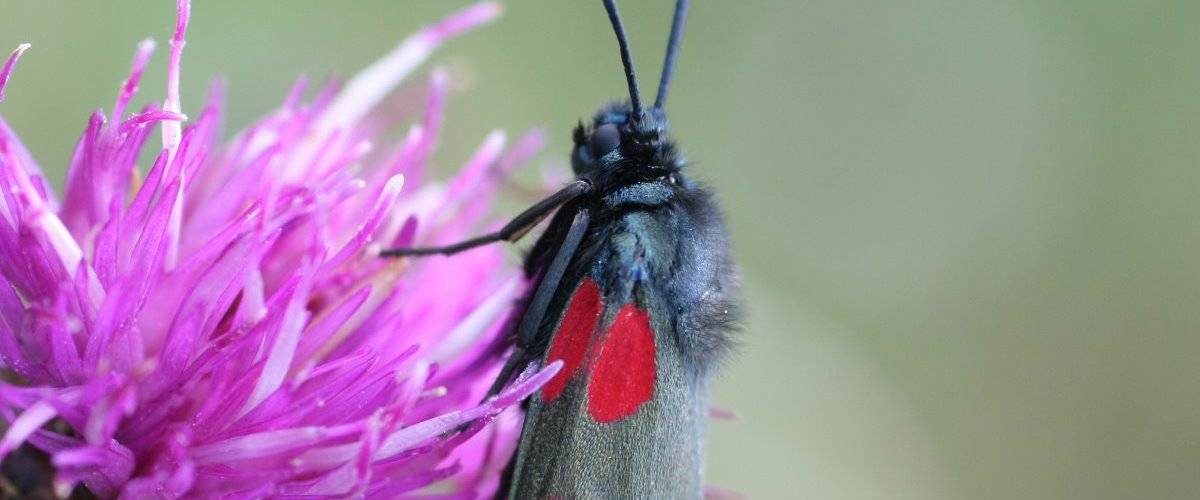
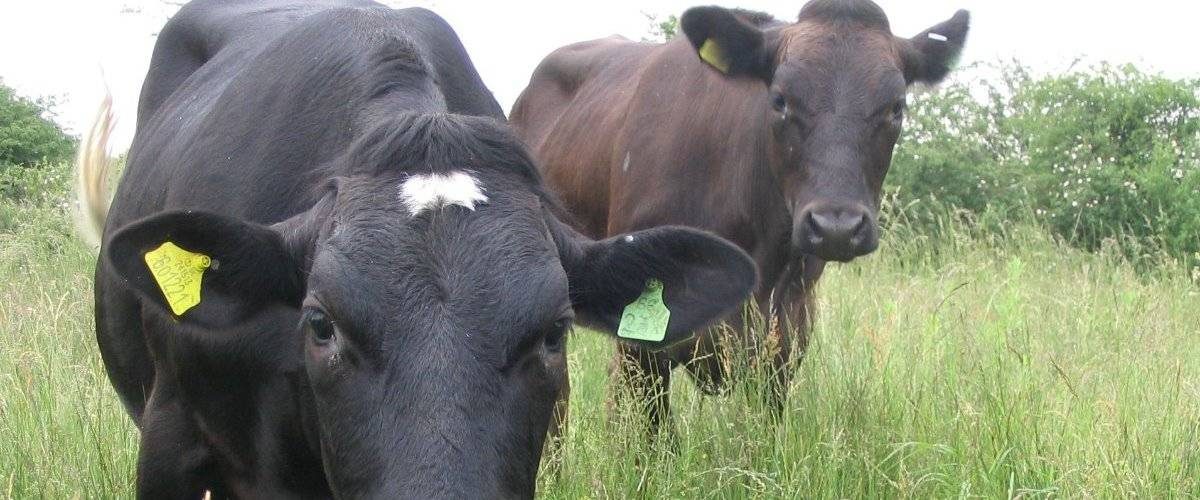
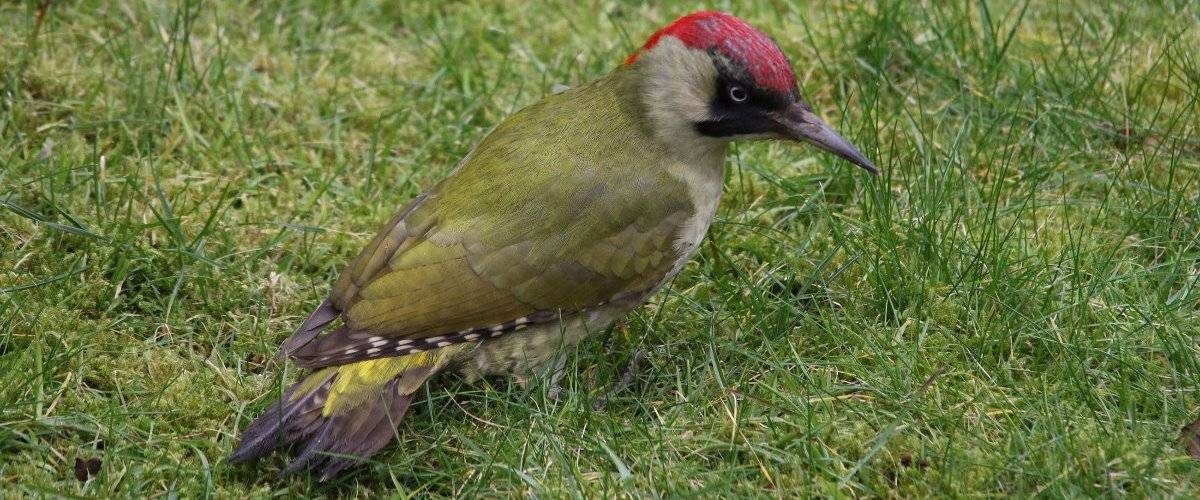
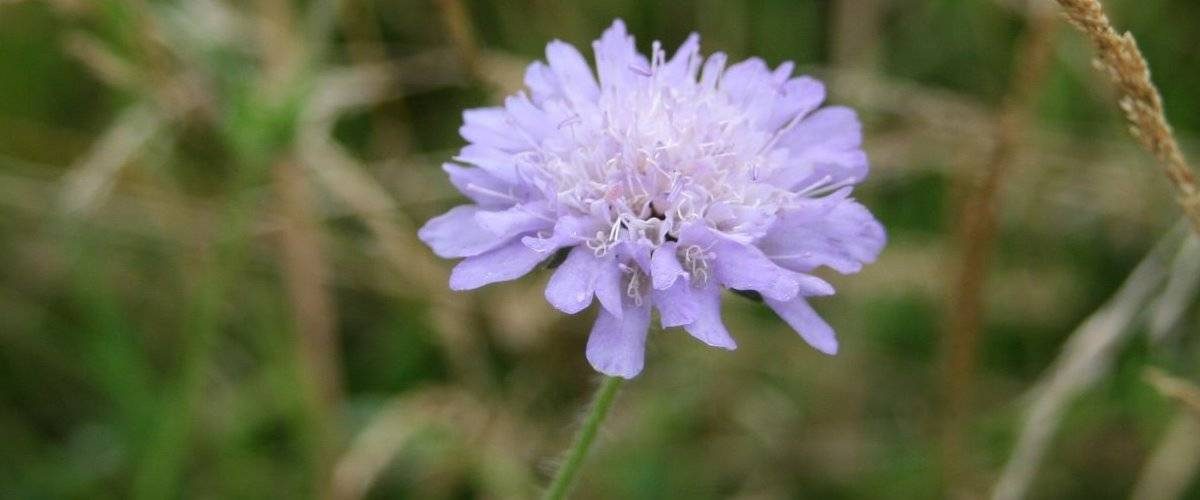
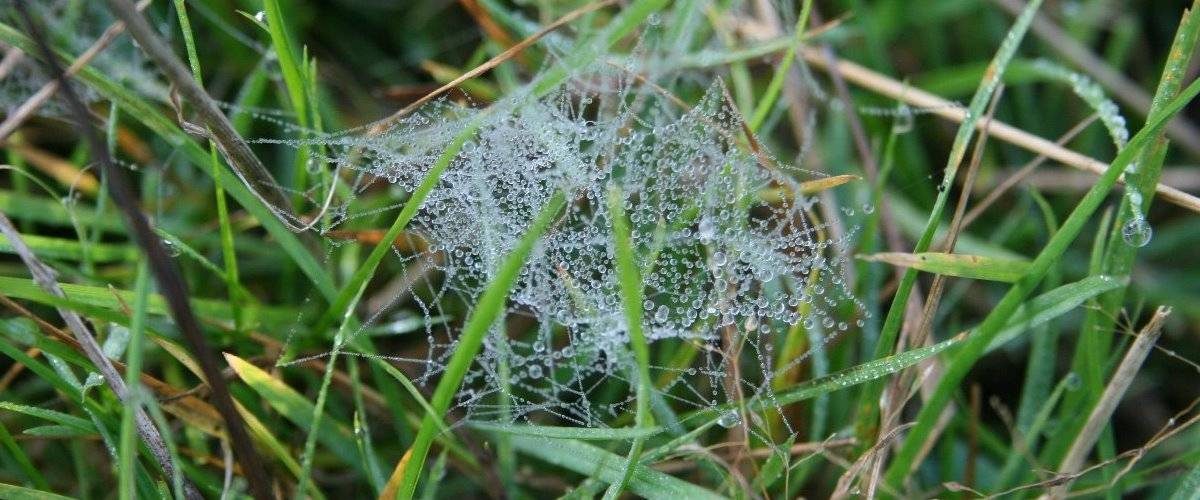
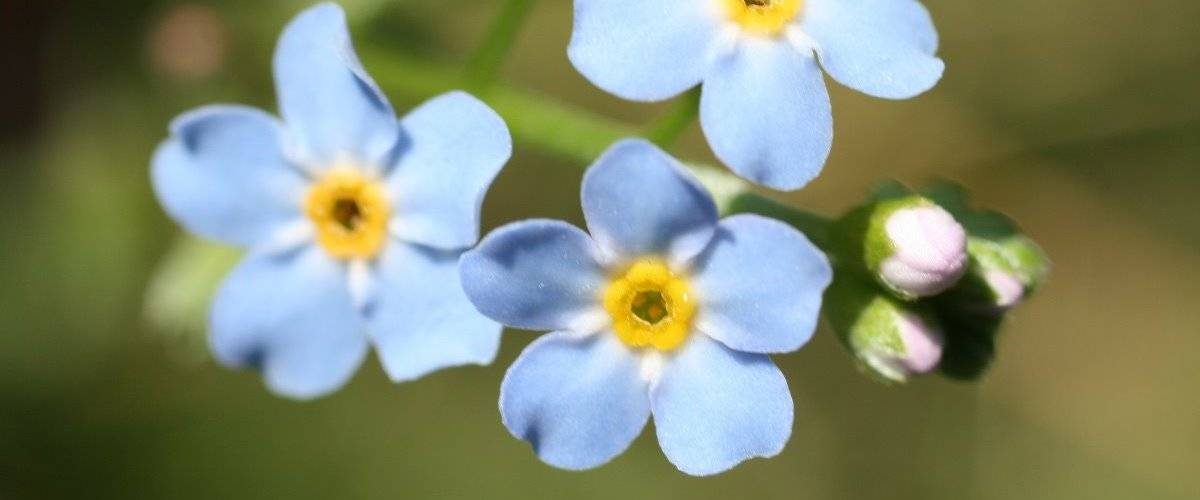
Open all year
40 hectares of Historic Grassland in Croxley Green. 1 route and 11 points of interest
Agriculture/Grazing
Cattle are an essential part of the management of this special site. Without the cattle grazing away the Moor would soon be covered in dense scrub and coarse grasses, leaving no room for the wide variety of wild flowers that can currently be found.
Meadow
The grassland and scattered bushes provide an ideal home for birds, small mammals and countless insects.
Water Habitat
The free-flowing, clear waters of the River Gade are also home to an abundance of plant and animal life. Look out for numerous fish darting between the submerged reeds.
Site of historical interest
Croxley Mill stood beside the Moor between 1828 and 1982. Built by John Dickinson and Co. to expand their paper business, Croxley Mill formed an early component of what was to become a world-wide business. The mill included a grand Egyptian fa�ade which was built to overcome the objections or Lord Ebury who lived at Moor Park and had a view over the site.
Meadow
The Moor is 41.9 hectares of predominately grass heath grading in to marshland towards the western end of the site. A variety of soil types, from acidic to fairly basic, supports a rich assemblage of plant species. The grassland types represented on the Moor include examples which are nowhere common in Britain and others which have been significantly reduced in area nationally through drainage and agricultural change.
Wildlife
Croxley Common Moor is important for a range of invertebrates, including a number of uncommon species including a rare spider, two rare beetles and an extremely scarce micro-moth.
Water Habitat
Marshland is generally found towards the western end of the site, or where the ground falls in to hollows due to minor gravel workings or the ancient course of the river. Here the soil becomes waterlogged, leading to plants such as yellow iris, cuckoo flower, purple loosestrife, meadowsweet and ragged robin flourishing.
Agriculture/Grazing
Scattered scrub is desirable habitat for birds, providing food, nesting sites and places from which to display to a potential mate. Scrub also provides an important microclimate for insects and reptiles. However, too much scrub threatens the open character of the Moor, shading out the finer grasses and important flowering plants. If the scrub is not removed the Moor would become secondary woodland with the loss of these rare plant communities. Volunteers play an extremely important role in managing the Moor. The Friends of Croxley Common Moor, who work to an agreed conservation management plan, meet on the second Sunday of the month between September and March to control the scrub. To find out how to get involved visit their website � no experience is necessary: http://www.croxleycommonmoor.org.uk/
Meadow
Croxley Common Moor has been designated as a SSSI by Natural England due to the rarity of its plantlife which is not common anywhere else in Hertfordshire. Of particular note are the unimproved acid and neutral grassland areas. The Moor is also a Local Nature Reserve in recognition of the contribution it makes to the local community as well as the wildlife that can be found here.
Meadow
Where the ground is raised, the freely draining sandy soils and gravels produce exceptionally dry ground which is poor in nutrients. Such plants as yarrow, harebell, devil�s bit scabious, self-heal, petty whin, meadow buttercup, knapweed and heather favour such ground conditions.
Wildlife
Dotted across the Moor are hundreds of small humps. These are the workings of yellow meadow ants and have taken many decades to develop in to the network you see today. The ants make a tasty meal for green woodpeckers and even if you don�t see a woodpecker you are likely to hear the call � listen out for their �yaffle�. The presence of the anthills indicates the undisturbed nature of the grassland and are important for plant species such as large thyme and purging flax.
Whilst all around the land has been built on or improved for modern agriculture, Croxley Common Moor remains little unchanged.
Its 40 hectares of historic grassland straddle the flood plain of the River Gade. The action of the river, combined with centuries of grazing, has produced the rich and diverse plant life that we see today. Without grazing animals the moor would soon become covered in dense woodland.
The Common is a Site of Special Scientific Interest due to the diversity of its plant life. It is also a designated Local Nature Reserve because of its value to local people. This protection is essential because there are only a few similar river valleys still in existence in the county.
Over 250 different types of plants have been found on the moor and the small scale changes in the lie of the land dramatically increases the variety.
Where the ground is raised, the freely draining sandy soils and gravels produce exceptionally dry ground, poor in nutrients favouring many flowering plants.
Where the ground falls into hollows due to minor gravel workings or the ancient course of the river the soil becomes water logged, leading to an altogether different collection of plants.
Read more on this page about Croxley Common Moor SSSI Local Nature Reserve
There is no designated parking for the site, but local parking is available in Croxley Heath.
Public Transport Information:There are regular buses from Rickmansworth or Watford to Croxley Green. For more information use Intalink website www.intalink.org.uk or www.nationalrail.co.uk
Cycling:Easy access from The Ebury Way cycle route.

Welcome to Croxley Common Moor SSSI Local Nature Reserve.
I want to...
Share your experience
Tell your friends on social media about what you did at Croxley Common Moor SSSI Local Nature Reserve: